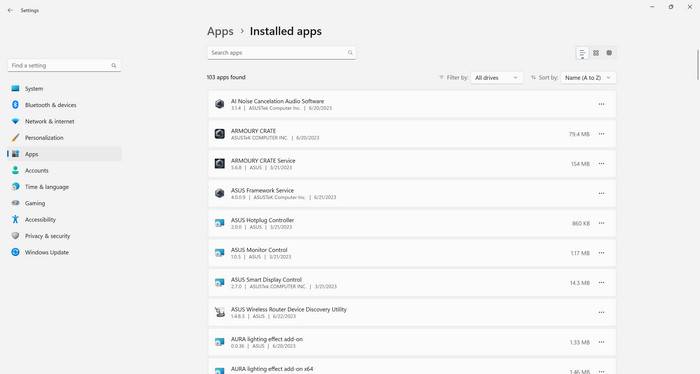When it comes to maintaining and optimizing your computer’s performance, having the right tools and software is essential. One such software that comes pre-installed on many Sony VAIO laptops is VAIO Care. In this article, we will explore what VAIO Care is, its features, and whether or not you should remove it from your system.
What is VAIO Care?
VAIO Care is a software program developed by Sony specifically for their VAIO laptops. It is designed to help users maintain and optimize their computers by providing various tools and utilities. VAIO Care offers a range of features that can help diagnose and troubleshoot issues, perform system maintenance tasks, and keep your VAIO laptop running smoothly.
Features of VAIO Care
VAIO Care includes several features that can be useful for both novice and advanced users. Some of the key features of VAIO Care are:
- System Diagnostics: VAIO Care can perform comprehensive system diagnostics to identify any hardware or software issues that may be affecting your laptop’s performance.
- System Tune-up: This feature allows you to optimize your system by removing unnecessary files, cleaning up the registry, and managing startup programs.
- Driver and Software Updates: VAIO Care can automatically check for and install the latest driver and software updates for your VAIO laptop, ensuring that you have the most up-to-date versions.
- System Recovery: In case of system failures or crashes, VAIO Care provides options for system recovery and restoration.
- Hardware and Software Support: VAIO Care offers access to Sony’s support resources, including FAQs, troubleshooting guides, and contact information for technical support.
Should I Remove VAIO Care?
Now that we know what VAIO Care is and what it offers, the question arises: should you remove it from your system? The answer depends on your specific needs and preferences.
If you are an advanced user who prefers to have full control over your system and prefers to use third-party software for system maintenance and optimization, you may consider removing VAIO Care. However, it is important to note that VAIO Care provides a convenient and user-friendly interface for performing various system maintenance tasks, and removing it may require you to find alternative software to replace its functionality.
On the other hand, if you are a novice user or someone who prefers to rely on the manufacturer’s recommended tools and utilities, keeping VAIO Care installed on your system can be beneficial. VAIO Care simplifies the process of maintaining and optimizing your VAIO laptop, making it easier for you to keep your system running smoothly without the need for additional software.
Conclusion
VAIO Care is a software program developed by Sony for their VAIO laptops, offering a range of features to help users maintain and optimize their systems. Whether or not you should remove VAIO Care depends on your specific needs and preferences. Advanced users who prefer third-party software may consider removing it, while novice users or those who prefer manufacturer-recommended tools may find it beneficial to keep it installed.
If you do decide to remove VAIO Care, alternatives such as Revo Uninstaller Free can provide similar functionality and help you maintain and optimize your system. Ultimately, the choice is yours, and it is important to consider your individual requirements when deciding whether or not to remove VAIO Care from your VAIO laptop.











